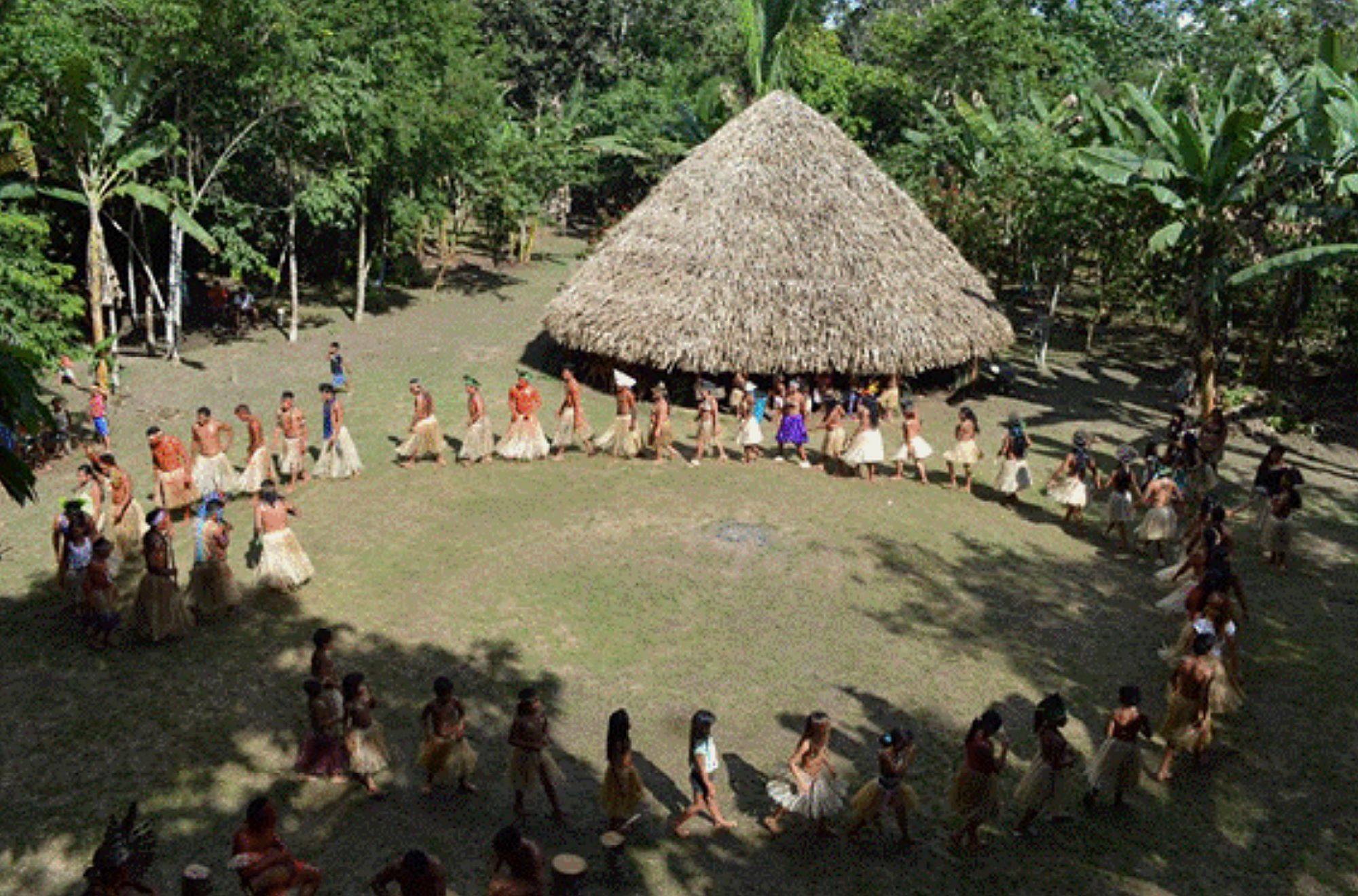“Indians are not a thing of the past.” “Indians are not a costume.” “Water is life.” These are a few of the slogans we have seen in the past few years from indigenous people in South America.
They were used as arguments for land demarcation, such as in the “Demarcação Já” (Demarcation Now) video that circulated on the internet, and North Dakota, where activists and celebrities protested the construction of the Dakota Access oil pipeline.
Since films like “Last of the Mohicans” highlighted the plight of natives at the hands of European settlers, there has been an awareness of the fading memory of what were once the native tribes.
Their vestiges can be found on a road trip at local stands selling Indian jewelry and souvenirs in states like Arizona, New Mexico and Nevada.
In the northeast, native names remain as echoes of the pre-colonial past, such as Montauk, Quinnipiac and many others.
Films like “Dances with Wolves” and “Legends of the Fall” attempt to convey the mysticism of the natives, who managed to survive for millennia before the appearance of “civilized” people without plastic or metal, by subsisting on nature itself and recognizing the importance of animals as the soul counterparts of humans.
In Southern California, names like Morongo and Pechanga became widely known. Not because of the presence of these tribes long before the arrival of the Spaniards who left behind cities named starting with “Los” and “Las”, but because of the casinos they opened near resort areas such as Laughlin, Nevada, where tourists can gamble and enjoy river sports in the same day.
The Indian gaming phenomenon is seen by many as beneficial to the perpetuation of the tribes, despite reports that revenue has largely ended up in tribal leaders’ coffers, while enough has trickled to tribe members to sustain support for the recreational use of reservation land.
In Brazil, the famous song “Canto das Três Raças” neatly sums up the influence of natives, African slaves and Europeans, harmoniously blended into Brazilian culture in the present.
As nature disappears, along with the echo of the wind, raindrops on thousands of leaves and birds’ songs in the trees, to be replaced by apartments, hotels, pipelines, farmland, stores, electrical wires and roads, developers cutting away into the forest have forced forest dwellers and tribal members, many of whom are threatened with extinction by “contact” with the outside, into the spotlight.
I became interested in the plight of the natives after visiting northeastern Brazil in 1995 and seeing scores of felled tree trunks firsthand in Belém and the Ilha de Marajó region.
Otherworldly sounds made by birds and insects were unforgettable but after seeing a deforestation map that has impacted the state of Ceará years later, I resolved to not return, knowing that the resulting silence would be unbearable when compared with “the way it was” in 1995, as images of mounds of sawdust scarred my memory.
In a few Google searches, I found “Povo da Floresta” (Forest People), an ongoing effort in the state of Acre near the border with Peru, to respect and preserve the remaining tribes (and, by association, the forests).
Upon visiting their website, a man named Pardal Luiz tells his personal story of how he came to be the torch bearer for the cause of the natives in the region.
He describes his own spiritual journey in Portuguese, which led him to the recognition and admiration for the natives’ use of natural medicinal remedies completely unknown to the modern world.
“I firmly believe that the traditional populations of the Amazon are the true guardians of the forest,” he says.
Povo da Floresta is a group that offers outsiders a chance to connect with nature in an unforgettable and life-changing way, while respecting the spiritual traditions, beliefs and practices of the natives.
The expeditionary groups are intentionally small so as not to disrupt the rhythm of life in these areas, in order to not “alter their routine”.
While visiting the Rio Branco region, visitors should be aware that the common way to sleep is in hammocks (or “redes”), not beds. Guests will need mosquito netting, boots and a lantern, among other basic items.
Life in this region revolves around the river, and visitors must be prepared for travel by water on canoes and boats. Visitors will eat with the natives, and will experience magical evenings, with “magical” being taken in the most literal sense possible (Luiz describes the experience of partaking in the “sacred drink” revered by the tribal members).
Caciques, the indigenous leaders, are present during the gatherings and visitors will pay a visit to the Portuguese school where children gather.
Acknowledging the importance of technology in connecting the outside world with the reality of the natives in the remaining forests, Pardal describes communicating with his family by cell phone while in the Rio Muru area and describes it as “incredible” that the technology enables them to accompany him on the excursion.
The site makes reference to the agricultural exploits that threaten the land, including livestock cultivation to meet increasing demands for meat to be sold in marketplaces.
Visitors are encouraged to adopt a mindset geared toward sustainability while participating in activities recognizing the cultural and artistic traditions of the people in this region.
Pardal is eager to let outsiders know about the project and excursions and maintains a Facebook page and blog for any who are interested in learning more about it and the region.
A film called “The Mission” depicts the efforts of Jesuit missionaries in South America to protect the natives, being aided by a Spanish conquistador who becomes a defender of the native way of life and joins their cause.
The film highlights the conflict between the Christian belief in conversion by force and the conflict this created between spiritual “salvation” juxtaposed with the literal fight for their salvation from outside forces.
In the film, the native village is destroyed, highlighting the very real battle that continues between “civilization” and nature. While Pardal and other groups facilitate “ecotourism” experiences, Shawãdawa and Hunikuin people and many others aim to be recognized and heard above the overpoweringly loud sounds of “progress”.
Brazil’s current political crisis has direct ramifications for this region and Brazil as a whole. The push for development comes incessantly as global interests eye the natural resources of the region, while political infighting hinders any meaningful legislation aimed at preservation.
The vastness of the region also makes vigilance difficult, particularly when coupled with international indifference about private development such as timber and oil excavation.
Some groups such as Greenpeace use the recent discovery of coral reefs in the Amazon as another reason to protect the region, as calls for protection increase and global temperatures incrementally rise.
The forests and natives’ survival depend on the outside world taking notice and caring about their continued existence.
Jennifer DaSilva has traveled in Brazil and Portugal extensively and owns Cruise Planners Travel Agency. She studied abroad in northeastern Brazil at the School for International Training. Her website is http://www.tropicalexcursion.com and email contact is jdasilva@cruiseplanners.com.












